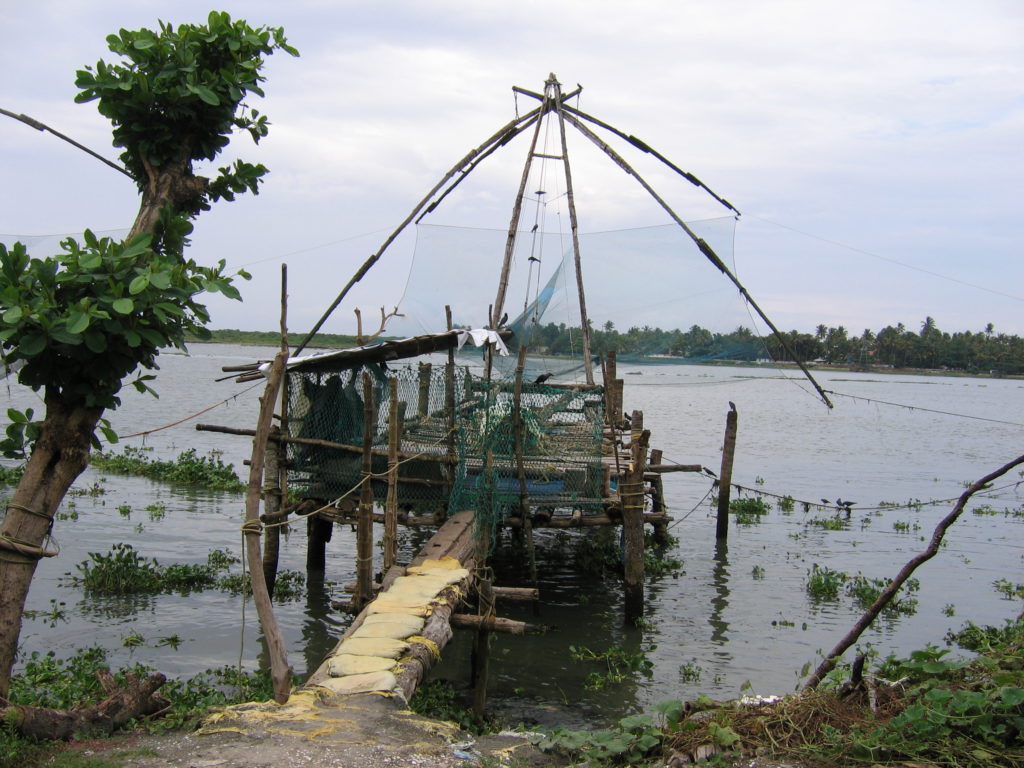
After living as an expat international teacher in Bangalore, I traveled back to India numerous times to visit our eldest son and his family. In 2019, my husband and I took a weekend getaway to Kochi, a city in the southern Indian state of Kerala. In addition to indulging in delicious southern Indian food and learning more about the region’s culture and history, I stepped outside my comfort zone with an unexpected Ayurveda massage treatment.
After arriving at our hotel, our Indian daughter-in-law suggested that I make an appointment for an Ayurveda massage. Many consider Kerala to be a major center for Ayurveda treatments. I had no idea what to expect. This uncertainty made me feel anxious and uneasy. But at the same time, I was open to exploring this unfamiliar experience. I was curious to see how an Ayurveda massage differed from the deep tissue and sports massages that I had previously received in the United States.
The hotel concierge recommended the Prana Spa which was located inside the Fragrant Nature, a nearby 5-star boutique hotel in a notable yellow and white colonial-style building with a clock tower. Since it was only a few blocks from our hotel, my son suggested that we check out the facilities before I made my final decision to book an appointment.

Preview for Ayurveda Massage
As we entered the hotel’s impressive lobby and walked up the ornate staircase to the second floor, my fears dissipated. My observations matched my husband’s quick online research. This hotel was considered one of the top hotels in Kochi and was a Tripadvisor Certificate of Excellence Winner.
Inside the spa, a woman provided a quick tour of the spa rooms. A brass vessel hung from the ceiling over the massage table. The rooms had a private dressing room and shower. I had definitely never observed a setup like this before. While walking through the rooms, the spa’s representative talked about the benefits of an Ayurveda massage and simultaneously shared a written brochure of options. As I looked through the booklet, I was a bit overwhelmed by the unfamiliar terms and procedures. In a country that is filled with pollution, I was happy to read that the Prana Spa used 100% pesticide and chemical-free products that are produced at their own farms.
I could tell that the woman sensed my apprehensions. To relieve my concerns, she reminded me that the principles associated with Ayurveda medicine date back to the Sanskrit and revolve around the balancing of the mind, the body and the soul. Since my massage was considered part of my health and wellness, I was told in advance that I would be asked several questions when I returned for my appointment. I also learned that massage treatments are most effective when they are completed in a series. I was only in town for the weekend so I could only anticipate receiving a partial response. While it would have been wonderful to have a complete treatment, I was curious to see if there were any benefits after one visit. I put aside my irrational concerns and booked an appointment.
Consultation for Ayurveda Message
When I returned a few hours later, I consulted with Dr. Thasneem Nizar. She asked numerous questions about my general health. After reviewing my history and discussing her recommendations, I chose to have a Navajeeva treatment that included three different procedures— Abhyangam, Kizhi, and Sirodhara. I listened carefully as she described the basics of each treatment. Since it was impossible to take notes, she kindly sent an email outlining the basics.
Abhyangam is a revitalizing, traditional Ayurveda massage that is customized to a person’s disposition and health. Warm herbal oils (approximately 40-45 degrees Celsius) are used as the masseuse performs long rhythmic strokes. Uniform pressure is provided from head to toe, which theoretically loosens the accumulated toxins in the tissues, improves blood circulation, relaxes the muscles, and counters the signs of aging.
During the Sirodhara stage, the practitioner drips lukewarm oil on the patient’s forehead in a rhythmic manner accompanied by a gentle head massage. Originally, the Sirodhara pot was made of mud and the oil was poured from its center onto the forehead and then stroked right and left in a thin stream. Nowadays, a bronze pot with an adjustable valve is used for greater convenience. The purported benefits include nourishment of the brain tissues, memory improvement, reduction in tension and blood pressure, the elimination of insomnia, prevention of the premature greying of hairs, lessening of fatigue, and an overall calming of the mind and body.
Kizhi is the last phase. Roasted Ayurvedic herbs that are packed into a muslin bag are pressed on the massaged body. The doctor said that this treatment relieves joint pain, back pain, stiffness, eliminates the toxins through perspiration and provides nourishment to deeper cells.
Since I didn’t have any significant medical issues, classical preparations found in ancient scriptures were used during my treatment. Pinda tailam was the main ingredient for Abhyangam. During Sirodhara, the oil was switched to Ksheerabala tailam. Kottamchukkadi choornam was substituted in the final phase.
Ayurveda Massage
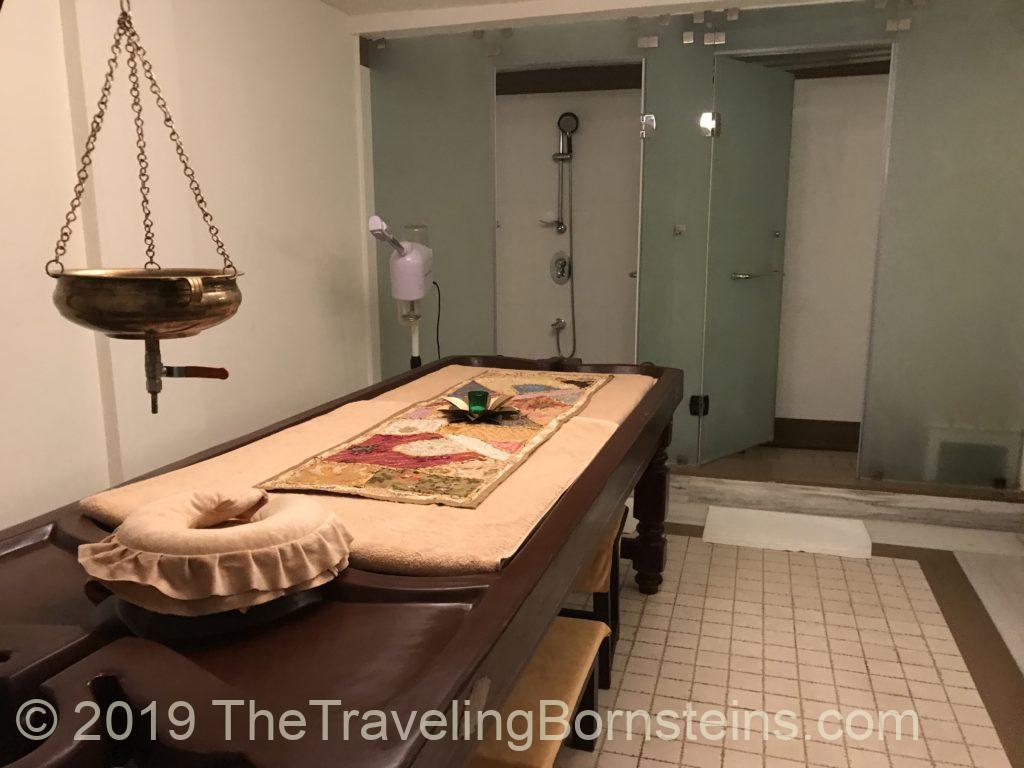
A young woman led me into a massage room. She closed the door. In broken English, I was instructed to undress and put on a disposable white garment. It resembled an adult diaper. Unlike American massage experiences, I was not asked to lie under a blanket. My anxiety level rose slightly when the woman reentered the room and locked the door behind her. I knew it was pointless to ask for a blanket since none were visible. I doubted that I could effectively communicate what, at least to me, was missing. In retrospect, I could have asked for a towel since there was a shower in the room.
Instead, I overcame my cultural sensitivities and decided that my western modesties would need to be put on hold. I was going to breathe in deeply and reap whatever benefits would come my way.
As the woman stroked my body with the hot oil, I breathed in and exhaled. I relaxed further by counting my breaths. Oil saturated every inch of my skin. Extra oil splattered onto the table and formed small puddles. I felt fortunate that I had a disposable undergarment. Her hands moved up and down my body with significantly less pressure than an American massage. The main target was not any of my major muscle groups. She was using ancient techniques to rejuvenate and invigorate my body and mind.
I started to dose off right before the second part of the treatment began. But, suddenly I became restless. I struggled to tolerate the oil slowly dripping from the brass container above my body onto my forehead. Once again, I returned to my rhythmic deep breathing. It was silly to resist. To gain the maximum effect, I had to embrace what I was experiencing. I stayed in the moment.
Toward the end of the final treatment, I fell asleep. Someone knocking on the locked door awakened me. Apparently, the masseuse had also drifted off to sleep.
After the Massage
After entering the warm and soothing shower, I attempted to remove the oil residue clinging to my body. Droplets of oil formed on the slick shower floor. My skin felt softer. I washed my hair five times with the hope of removing the thick layer of goo. As I combed my hair, the lingering oil remained attached to both my hair and comb.
Despite this short term inconvenience, I felt absolutely amazing. I was energized and simultaneously felt less stressed. My spirits soared. Like many good things in life, it didn’t last forever. Within a week, the positive energy started to disipate. I plan to locate an Ayurveda wellness center closer to home so that I can renew this remarkable sense of wellbeing. Perhaps, if I follow a recommended series of treatments the positive effects will last longer.
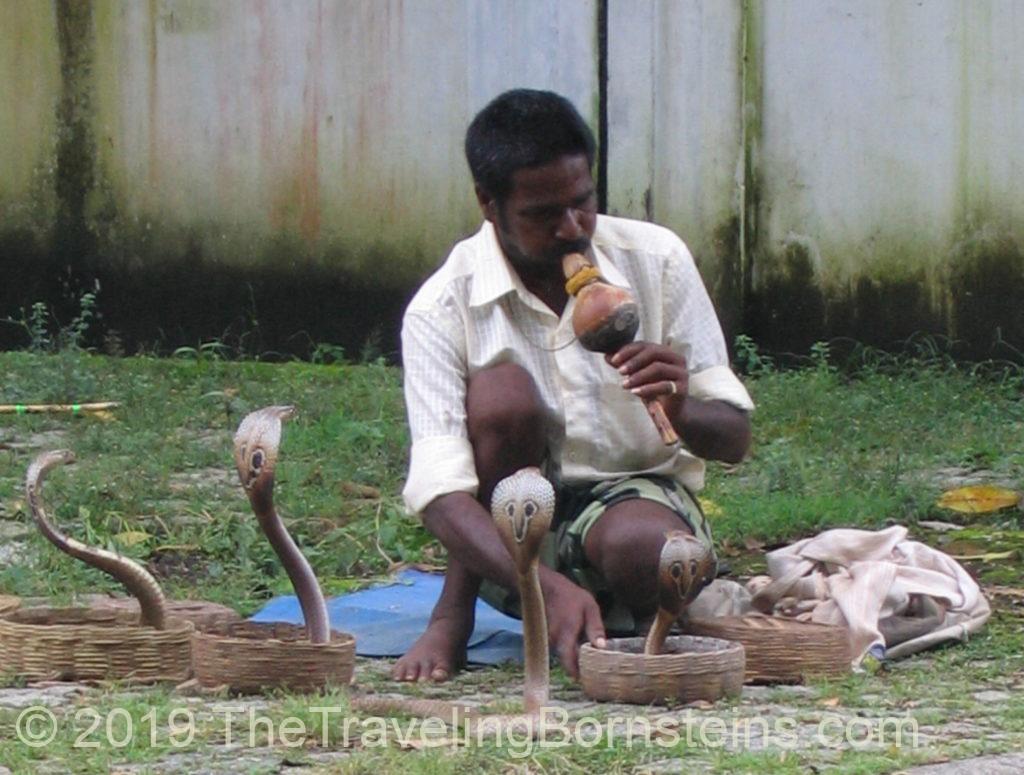
Stepping Outside My Comfort Zone
My initial trip to India offered an incredible opportunity to step outside my comfort zone. I expanded my horizons by exploring an unfamiliar culture. By being flexible and open to new things, I overcame some of my apprehensions. I wholeheartedly agree with Adam Braun, the founder of Pencils of Promise (a non-profit organization that builds schools in the developing world), who stated, “True self discovery begins where your comfort zone ends.”
In Kochi, I was open to experiencing an authentic Ayurveda massage. When my western views on modesty were challenged, I worked through my misgivings. If I didn’t step outside my comfort zone, I would never have experienced the positive benefits of an authentic Indian Ayurveda massage and would be content with the more familiar western style massages that do not include a balancing of the mind, the body and the soul.
5 Tips for Westerners Seeking an Authentic Ayurveda Massage
- Research several facilities and ask locals for recommendations.
- Tour the facility before making a final decision.
- Ask for printed materials outlining the massage options and determine whether it is worth investing in more than one treatment.
- Don’t be shy. If something isn’t clear, ask questions before starting the treatment.
- Be willing to experience something different and enjoy.
Related Stories
Zip-lining in Costa Rica—Exhilarating
Love Road Trips? You Should Drive India’s Golden Triangle!
Remembering the Jews of Kerala
Exploring Mumbai During Monsoon Season
Confronting an Irrational Fear
Bio
Sandy Bornstein has visited more than 40 countries and lived as an international teacher in Bangalore, India. Sandy’s award-winning book, May This Be the Best Year of Your Life, is a resource for people contemplating an expat lifestyle and living outside their comfort zone. Sandy is also an award-winning travel writer who writes about food, historical sites, family, intergenerational, and active midlife adventures. You can read more of Sandy’s stories at sandrabornstein.com.
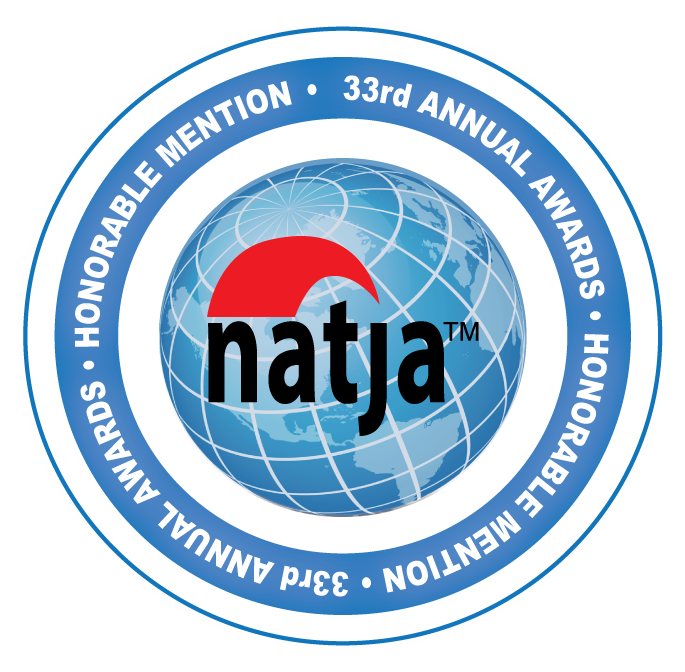

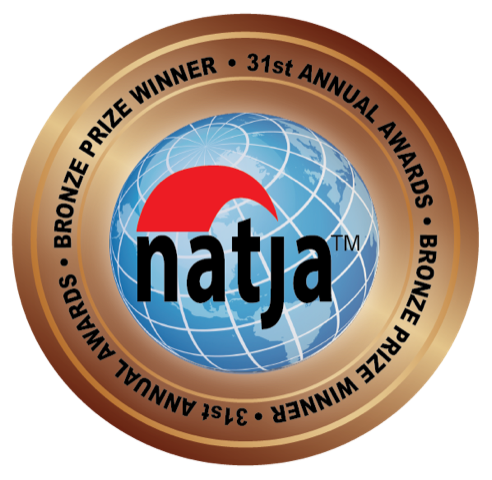

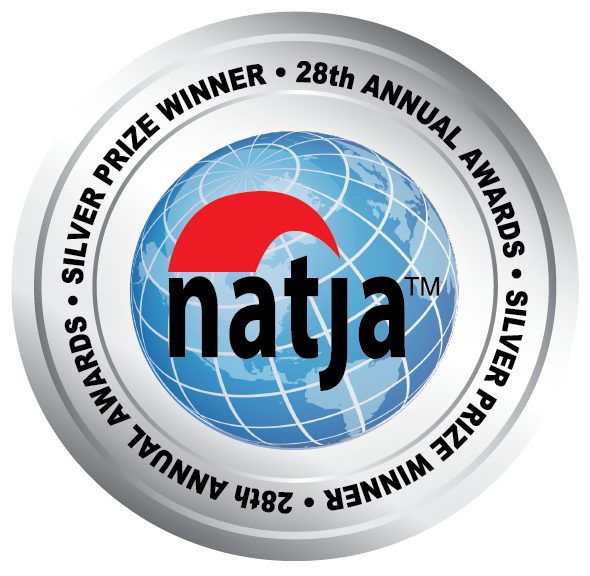




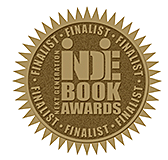
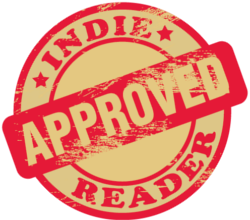


nice very nice….
This is awesome. You have some of the most valuable information, thank you.